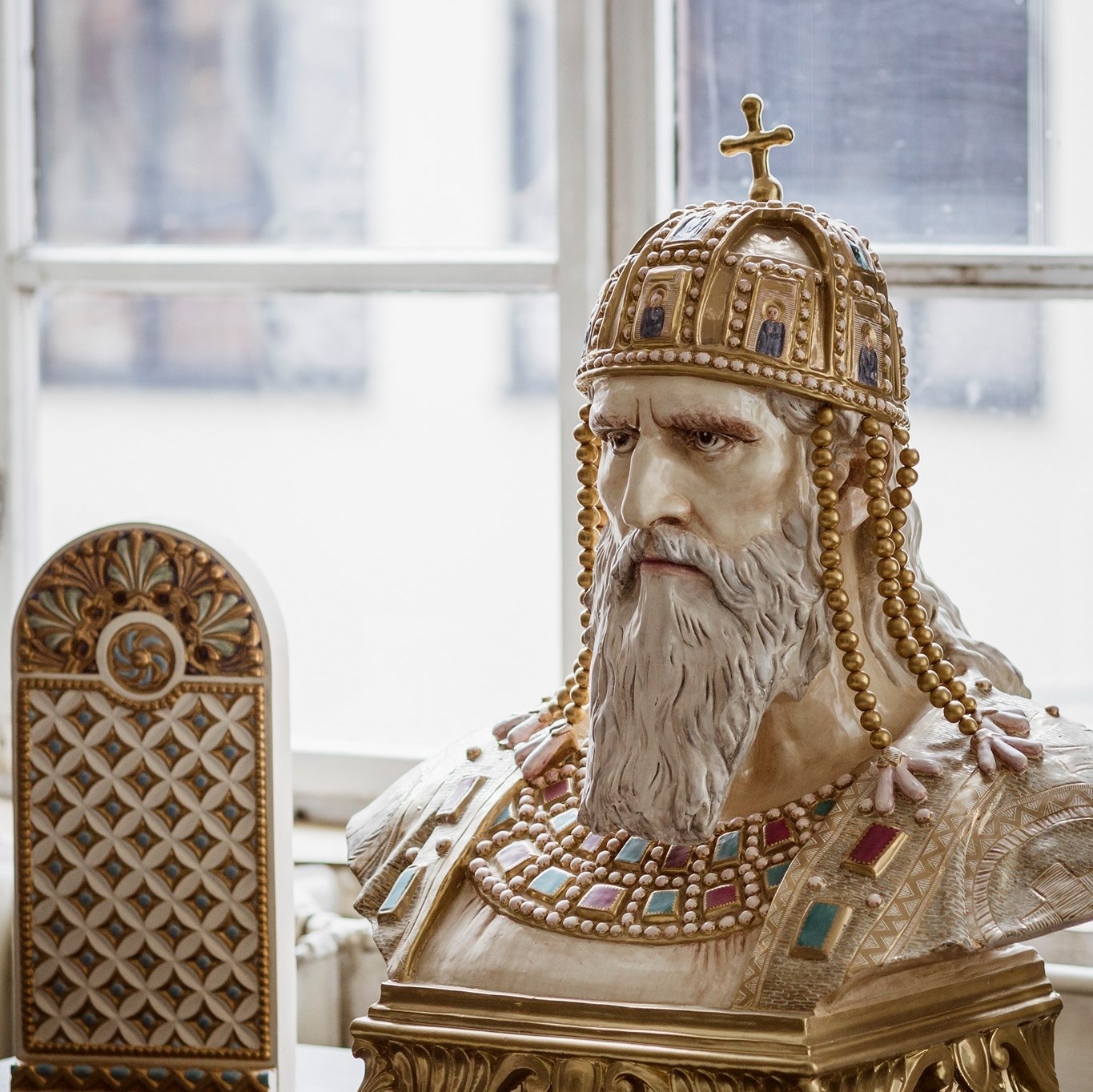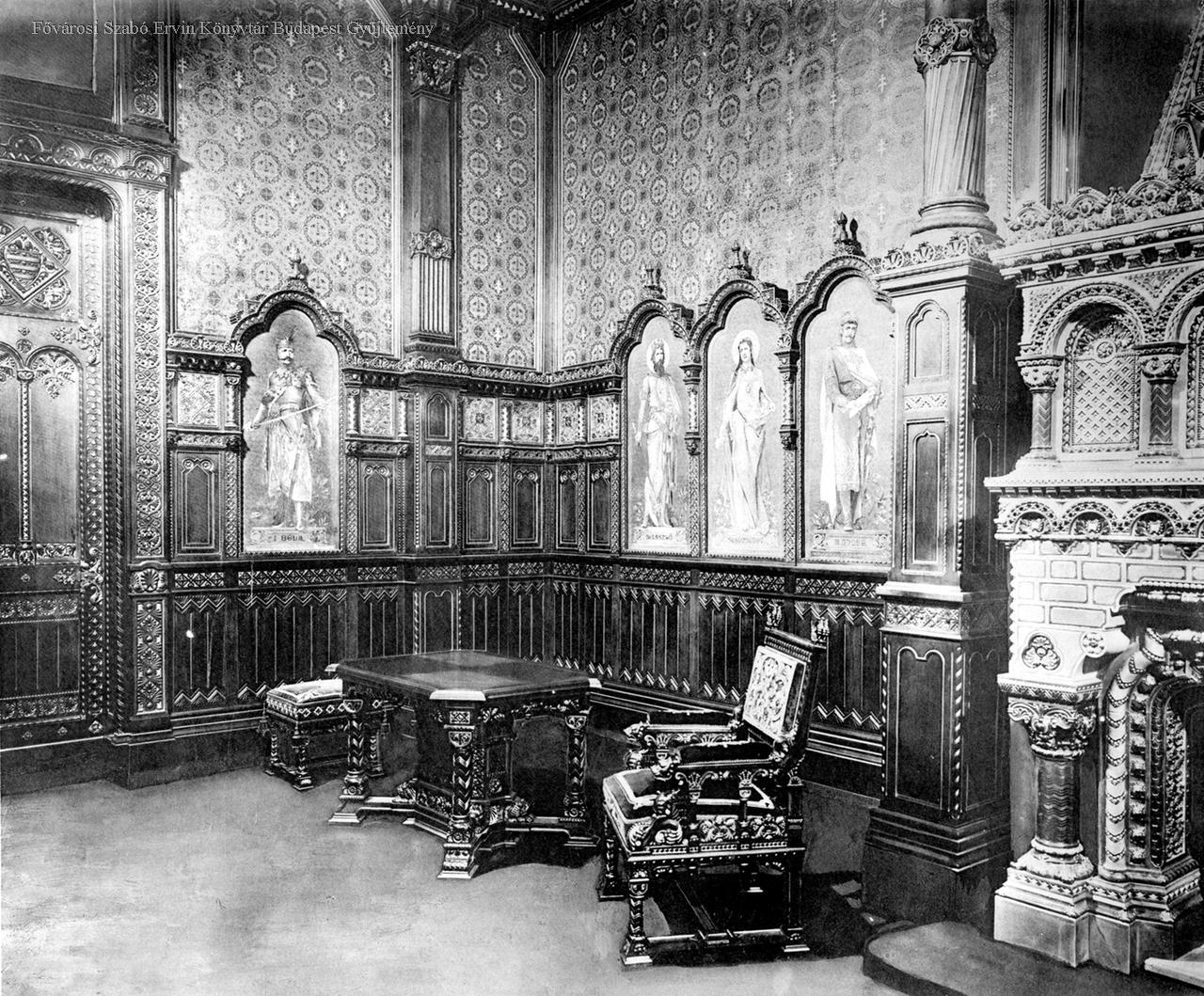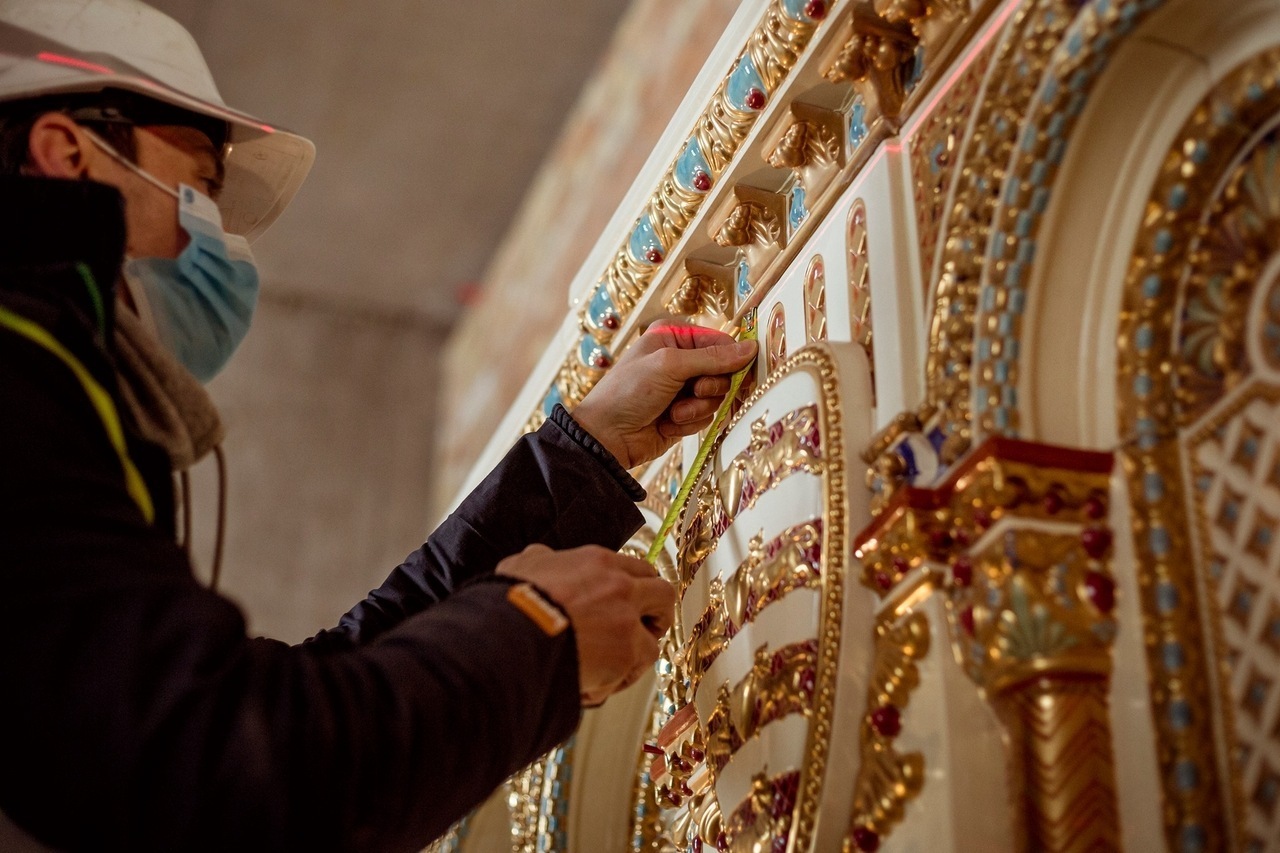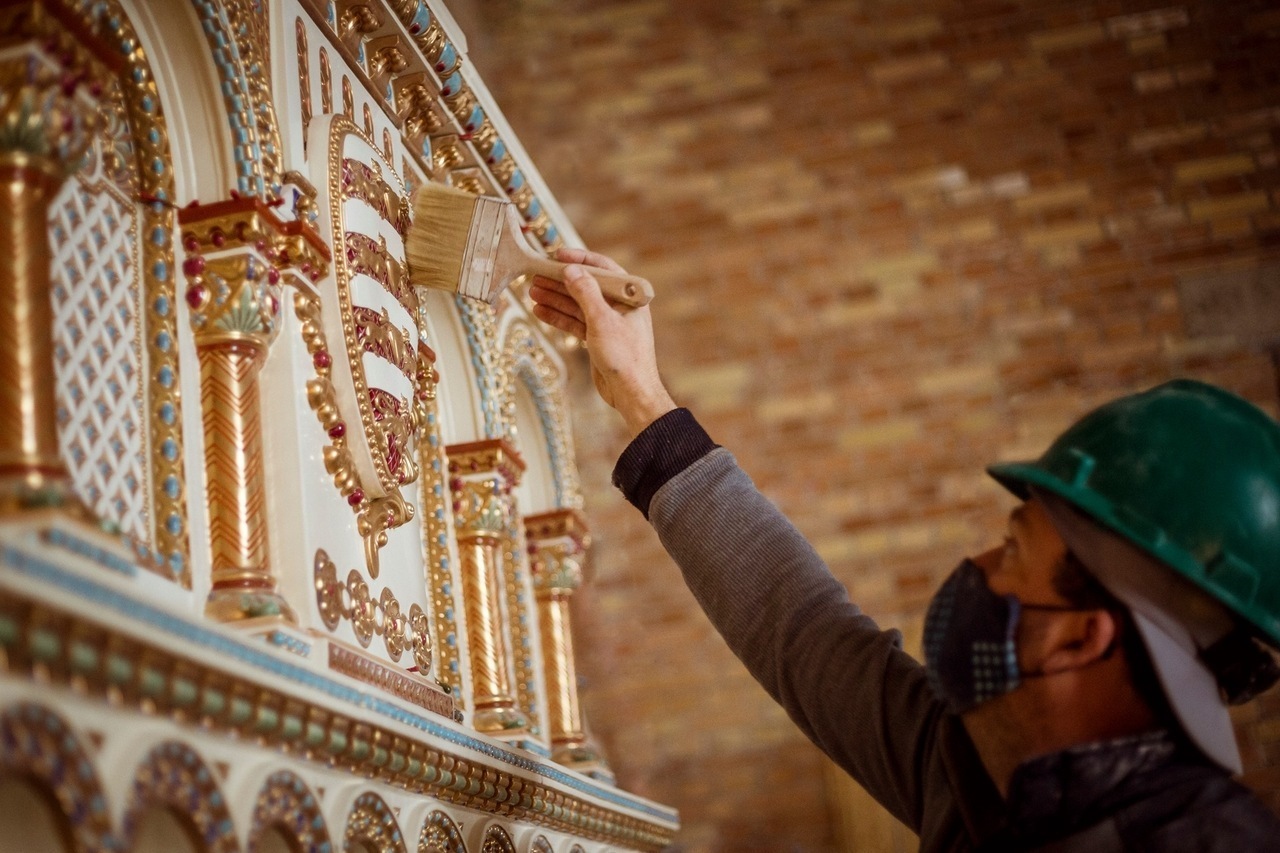The breathtaking St Stephen’s Hall – soon to be open to the public

After having been completely destroyed during the second world war and being under restoration works for five years, the Saint Stephen room is only a month away from reopening on August 20, about 120 years after its initial opening, thanks to the National Hauszmann Program.
Hauszmann was a great architect in his day. His diaries and some other documents luckily resurfaced after the communist rule of Hungary ended, revealing some interesting stories about the Buda Castle’s remodelling and its reception by the staff of its peers.
Hauszmann was tasked with the reconstruction of the Buda Castle by Franz Joseph. The Vienna court originally intended to give the castle cheap furnishing, but when Hauszmann learned of these plans, he contacted the prime minister to help him in getting to meet Franz Joseph. During this audience, he convinced Franz Joseph to instead get furnishing from the greatest Hungarian masters, including the lavish fireplace and kitchenware. One interesting request the emperor had was that the Hungarian carpenters should only make comfortable furniture. He is quoted saying, “there is no single couch here, in Schönbrunn, nor in Vienna on which one can comfortably stretch.”
The architect’s diary also states that many people in the Vienna court were unhappy about this decision, especially the court marshal.
Hauszmann, accompanied by constable Lajos Ybl (a relative of the old architect working on the remodeling of the castle), visited some of the most beautiful castles abroad to serve as inspiration. In the end, the Saint Stephen room turned out to be very much to Franz Joseph’s liking and ended up being recognised at the 1900 World’s Fair in Paris.

The Vienna court seemed to hold a grudge on the Buda Castle, perhaps out of envy. The diary further reveals that chefs and footmen coming from Vienna would constantly make negative remarks about everything Hungarian-made. One day, Hauszmann received a complaint that a silver teapot’s handle had burnt Franz Joseph’s fingers. The architect then investigated and found out that one of the servicemen had intentionally heated the handle.
Once this was uncovered, Franz Joseph was told what had happened, and the serviceman was let go.
Some of the staff from abroad would still hold their grudges after this incident. Some of the royal silverware was kept in mustard for days, damaging the surface or turning greenish. The royal personnel purposefully treated the silverware and porcelain dinnerware poorly. Scratches would be left on silver plates, and dinnerware would be left on the floor shattered in the kitchen.

The Saint Stephen room, which housed some of the best examples of Hungarian craftsmanship, was almost wholly annihilated in the second world war during the siege of Budapest, and what little was left was looted away after combat had ended.
The room is planned to reopen for visitors on the twentieth of this August.


Source: by Máté Jámbor



